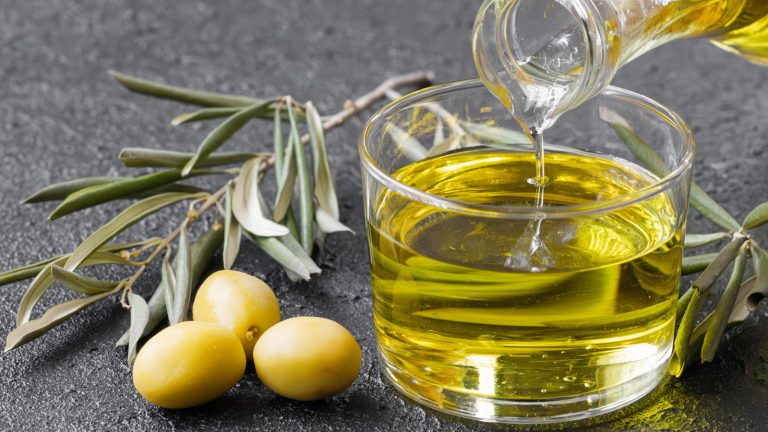We may receive a commission on purchases made from links.
When it comes to timeless comfort food, nothing compares to a roast chicken. When it’s done right, the combination of crispy, golden skin and juicy, tender meat is irresistible right out of the oven. Although the process of roasting a chicken is relatively foolproof, there are a few common mistakes everybody makes. For instance, it’s easy to overcook the tender white meat, and if you don’t properly season the skin, it’ll be flavorless. One of the easiest ways to achieve that perfect balance is to use some basting, which is a quick step that’s easier to master than you think. For a little exclusive expert advice on basting, we reached out to Stephanie Loaiza, one of the sisters behind the popular food blog Six Sisters’ Stuff, which has published a range of cookbooks, including the latest “30-Minute Meals with Six Sisters’ Stuff.” Known for her unique combination of time-saving tips and approachable recipes, Loaiza has basted a chicken or two in her time and says that there’s no need to overthink it.
“The easiest way to baste a roast chicken is still with a butter rub and an old school baster,” Loaiza tells Chowhound. “Mixing together butter with a few herbs and garlic and rubbing it all over the chicken before cooking, then removing the chicken every 20-30 minutes and basting with the liquids from cooking will give you juicy, flavorful chicken every time.”
Basting is easier with the right tools
Basting is just a fancy term for moistening the surface of the meat with some sort of flavored liquid. Many people use the pan drippings, but you can also baste with butter, oil, or stock. The trick is to get it evenly distributed. There are a few tools to do this, including a food-grade brush, a ladle, or a basting bulb. Stephanie Loaiza from Six Sisters’ Stuff has tried multiple methods, but she says you can always keep it simple.
“Basters are relatively inexpensive, and they can quickly and efficiently gather the liquids to redistribute them over the top of the chicken,” she explains. “In a pinch, using a large spoon to scoop the liquids and pour them over the chicken will work, though it will take more time.” One method she isn’t into, though, is soaking cheesecloth with butter. “Apparently, it can protect the skin from getting burnt and does keep the butter in place. However, if you want a crispier skin, you need to remove the cheesecloth for the last part of cooking. It seems like it may be more hassle than it’s worth.”
Whatever method you choose, be sure to limit the number of times you open the oven, which releases heat and slows down the roasting time. If you have a Dutch oven for roasting your chicken, you could even skip basting altogether. Just be sure to keep a meat thermometer handy so it doesn’t overcook, and let the roasted chicken rest for a few minutes after you pull it from the oven before slicing.






